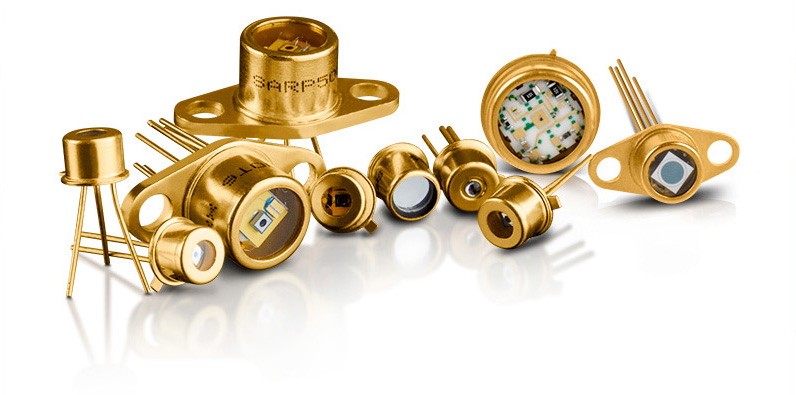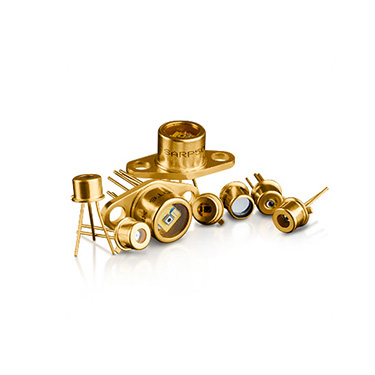
Used in wavelength ranges between 250 nm and 1100 nm, the avalanche effect makes them well suited for the detection of extremely weak light intensities
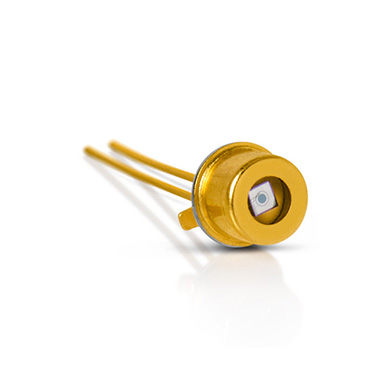
Designed for a spectral range from 1100 nm to 1700 nm, IAG feature a particularly good signal to noise ratio and support an amplification of more than 30.
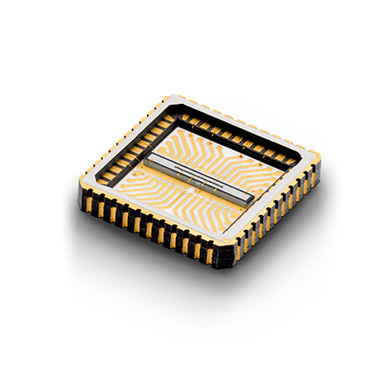
Optimized for the 800 – 900 nm wavelength range, silicon APD arrays combine low-noise, high-sensitivity photodiodes in a monolithic assembly.
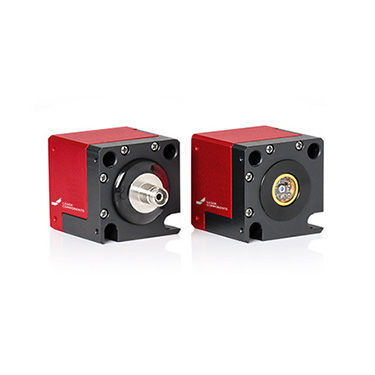
These modules include low-noise APDs with either silicon or InGaAs with a built-in pre-amplifier and a high voltage supply.
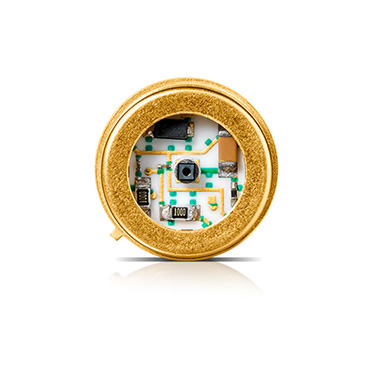
These receivers include APDs with matched, integrated pre-amplifiers in a compact, hermetic package – ensuring the best possible signal to noise ratio.
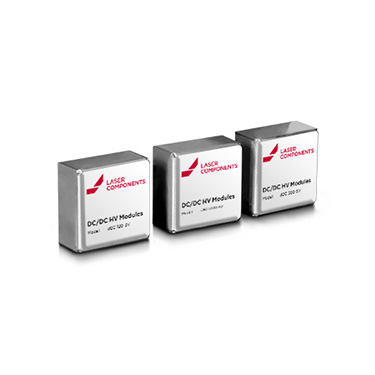
Inexpensive block modules allowing a supply of up to several thousands of voltages.
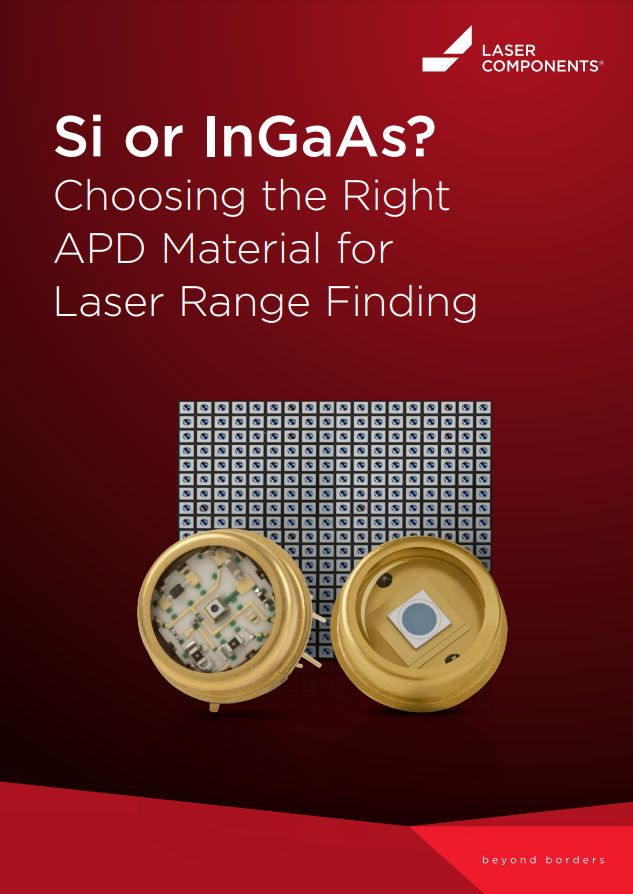
Si or InGaAs? Choosing the Right APD Material for Laser Range Finding
In Laser Range Finder (LRF) design, the right combination of Pulsed Laser Diodes (PLDs) and Avalanche Photodiodes (APDs) can enhance range, accuracy, battery life and overall cost.
The detector material of the APD has great influence on range measurement reliability. Depending on the demands for maximal range, resolution and eye-safety, designers have the choice between III-V compounds such as InGaAs- or Silicon-based APDs – both with their distinctive set of advantages and disadvantages. Of course, these must be coupled to the appropriate lasing wavelength of PLDs, typically 905 nm for Silicon and 1550 nm for InGaAs.
This issue of our LRF Guides will provide high-level guidance on how to choose the best standard APDs and when to consider a customized solution.
